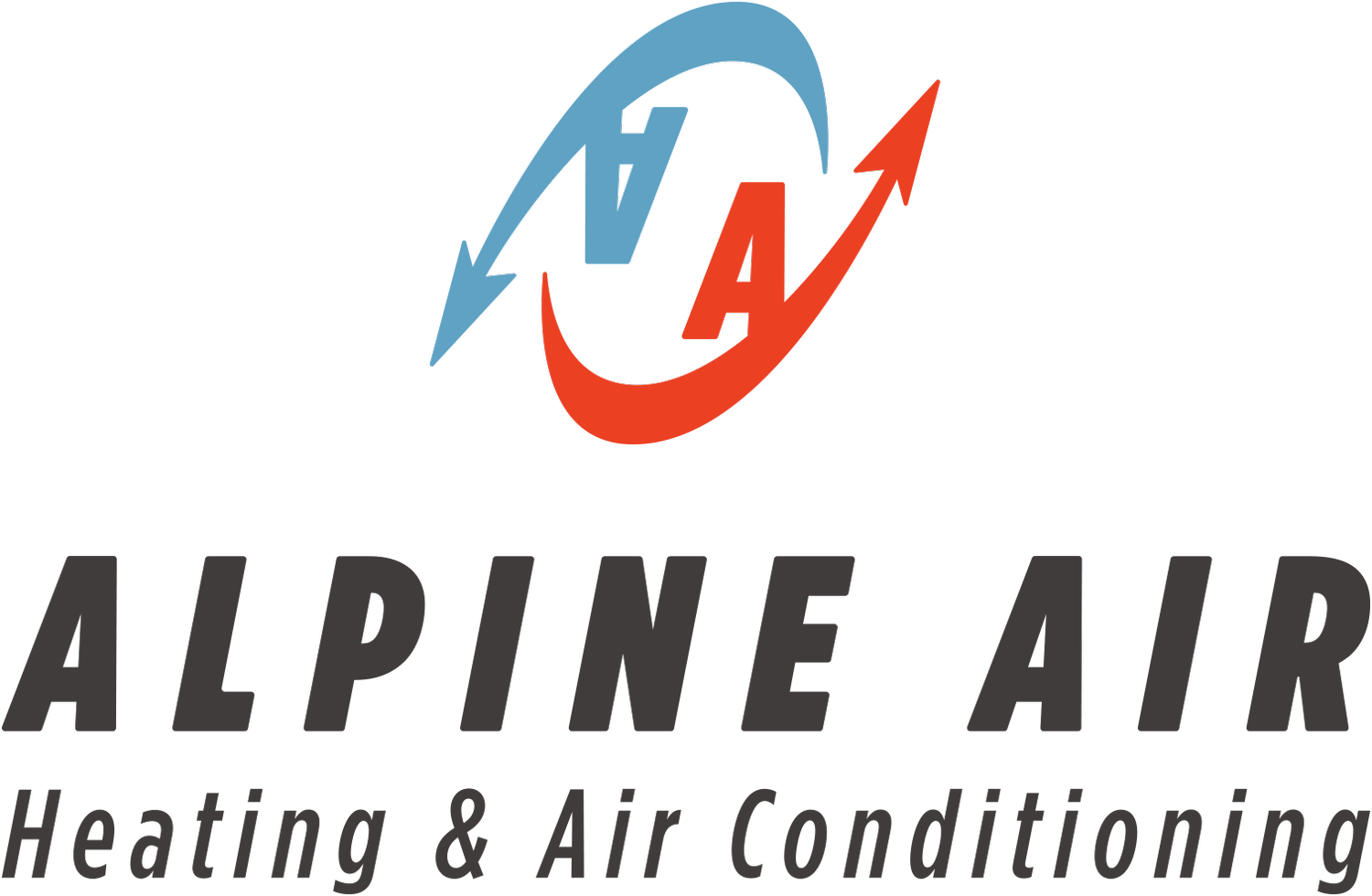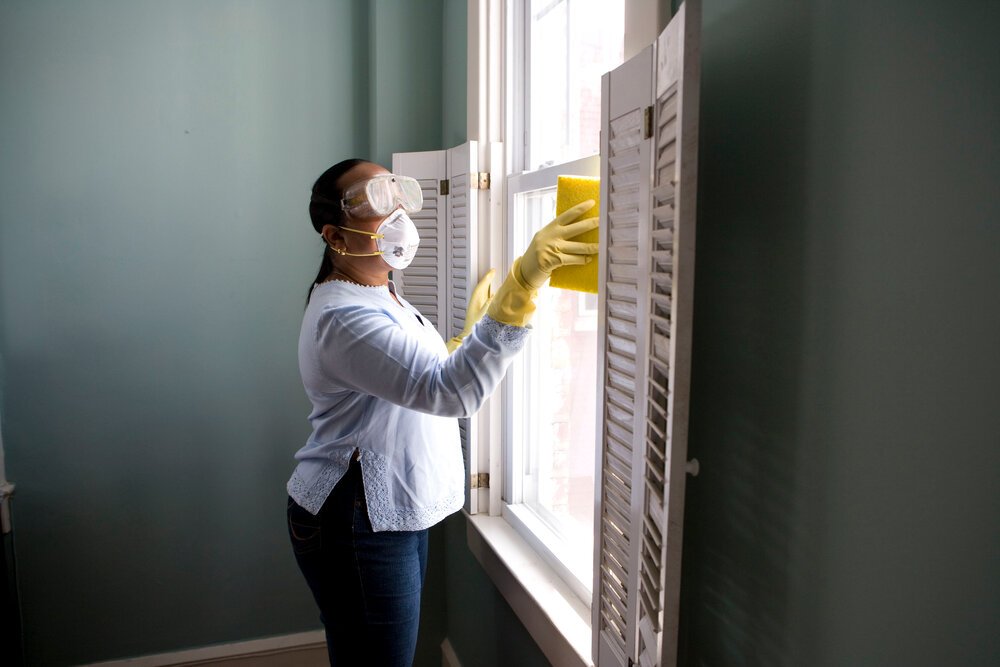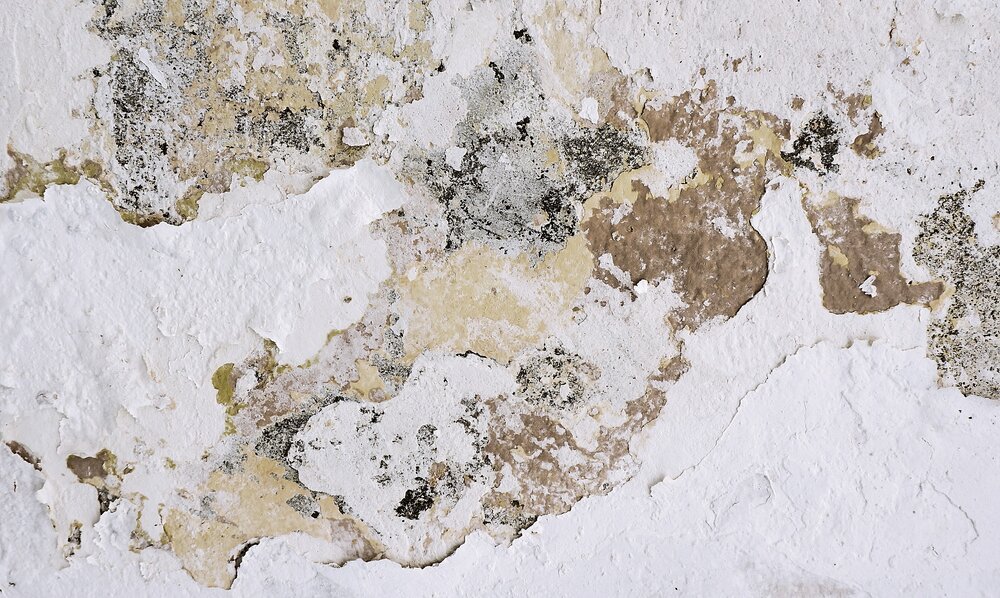Keep Your Home Safe With Your Heating and AC System
The 2020 Novel Coronavirus Pandemic has many people asking what they can do to keep their families safe. It has made us think about the one place we should feel safest safe, our homes. Industries all over are coming up with solutions and suggestions. But what’s the best way to keep health related threats out or reduce their impact if they do make it in?
A recent housing study showed that the leading concern for a home safety was indoor air quality. Another survey showed that 83% of builders believe buyers are willing to pay more for a healthy home and that they sell more quickly.
Air Purification
Contaminants from work, daycare, school and the outdoors enter our homes on our clothes, shoes and hands. They end up on our countertops, door knobs and other surfaces that we commonly touch. We can’t possibly disinfect these surfaces every single day and some of the chemicals we use can damage those surfaces, cause skin irritations or are harmful to breathe in regularly. This calls for a safe, constant solution like an air purification system that can cleanse the entire house. If you’re in the market for an air purification system make sure you find one that is designed to support the whole house. Another key feature is that it can target multiple types of contaminants.
1. Surface contaminants
We all know that pollutants can be airborne, but what about when they land on our surfaces? Stationary surfaces like light switches and tables are touched frequently. Soft surfaces like clothes and pillows can release microbes into the air when moved or disturbed. The right air purifier can reduce surface contaminants by up to 99%. That’s like having a cleaning crew working around the clock, but without the harmful chemicals.
2. Airborne Contaminants
If you’re pregnant, your doctor probably recommended you avoid ingesting listeria and other microbes from things like cold cuts, undercooked meats, and unpasteurized dairy products to minimize the risk of complications. But what about those same microbes living in your home like uninvited guests? An air purifier should both filter and disinfect.
3. Household Odors
Most people I know love the taste of bacon, but I don’t know anyone who likes to smell it long after the meal is over. Other smells like paint fumes, pet odor, and cigarette smoke can linger for days causing allergies or discomfort. Reducing or eliminating these common odors is a side benefit of a well-designed purification system.
4. Allergies
From the itchy and watering eyes to the sneezing and runny nose, allergy season plagues many people. It can also increase the risk of getting sick during the peak seasons. Pollutants like dust, mold and pollen can be easily removed from the air or neutralized so they don’t irritate the lungs and airways. This can reduce the use of acute medical treatments, general daily discomfort, and lost sleep due to symptoms.
5. ROI
The filters in your existing heating and cooling systems are designed to protect the system’s coil and blower and remove large particles from the breathing air. When these filters are full they restrict the airflow to the system, causing it to work harder and less efficiently. By using a better filtration system before the air gets to your system’s filter, you can increase your heating and cooling system’s life span and it’s average efficiency, leading to monthly savings in your utility bills.
Humidification
It’s important to make sure there isn’t too much moisture in the air in the summer but what about not having enough? We’ve all experienced itchy, dry skin in the winter and if you have hardwood floors you see the shrinking and expanding from season to season. But did you know low humidity levels can lead to other issues like chronic bloody noses, damage to pricey electronics from static electricity and even facilitating in the spread of viruses. Many common viruses prefer dryer conditions. Our noses are a natural defense and filtration system. Dry air lowers the ability for your nose to properly filter air. People with nose constrictions like deviated septum or other similar issues can often find that dry air can increase their breathing problems causing the sinuses not to drain properly resulting in chronic sinus infections.
One of the reasons air from an air conditioner feels cool is because it’s dry. The same is true for a room. If the air is dry it’s perceived to feel cooler. If you increase the room’s humidity it will feel warmer. This could allow you to keep your home at a cooler temperature in the winter but remain comfortable.
Did you know that you can reduce your utility bills by 3-4% for each degree you decrease your thermostat set point?
Just like an air purifier, it’s important that the humidification system be designed for the whole house. Some thermostats measures and control humidity as well as temperature. A stand-alone humidity sensor can help you determine if your home has lower than recommended humidity levels.
Dehumidification
Humidity levels in excess of 60% can increase a home’s risk of having mold and mildew. People with asthma and seasonal allergies are the most sensitive to these spores and other pollutants caused from high humidity levels. But it can be dangerous for even those who don’t feel it’s effects. Too much humidity can aid in the spread of diseases around the home and have visual effects in drywall, wallpaper, trim and furniture.
If you don’t have or aren’t running an air conditioning system, or if your system isn’t designed or sized properly, your humidity levels can rise above the recommended point of 45% relative humidity at 78°F. New homes are being built to comply with more strict efficiency standards. The tighter a home is, the less time the air conditioning needs to run to maintain a set temperature. This means the air conditioning
system may not be removing enough humidity while still keeping the room cool enough. Tight homes require less air conditioning but more dehumidification. Some new high efficiency heat pumps have a dry mode to handle humidity without cooling the space further. A dry home also feels cooler so you may not require as much air conditioning, lowing your utility bills.
Installation and Maintenance
One of the most significant factors in making sure your heating and cooling systems are designed properly, installed properly, and safe depends on who does the work. If they’re over or under sized it can cause shorter than expected life span, poor efficiency, humidification issues and poor comfort.
You wouldn’t buy a car and never change the oil would you? Without regular maintenance and filter changes, your heating and air conditioning systems, humidifiers, dehumidifiers and air purifiers aren’t operating at their peak performance, efficiency or may possibly be unsafe. Most manufacturers recommend annual planned maintenance by a trained technician but some systems vary.







